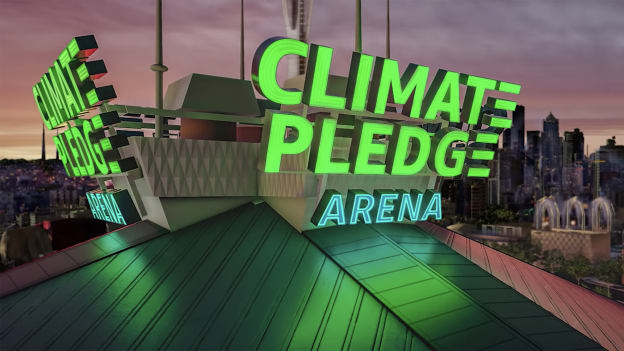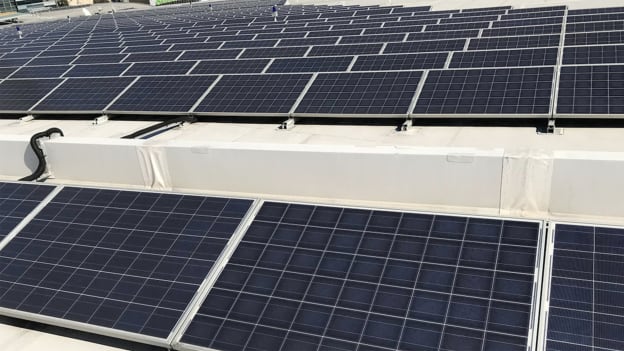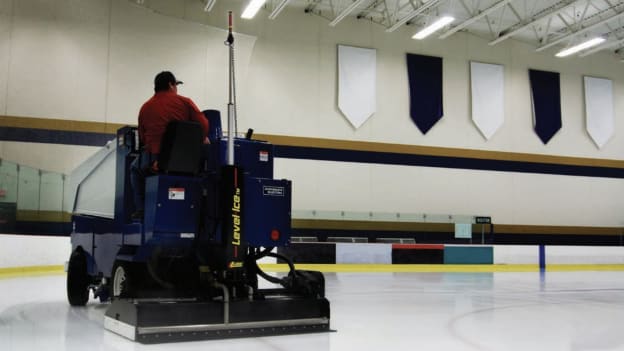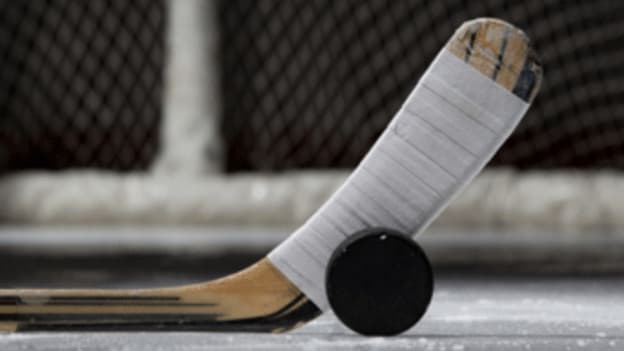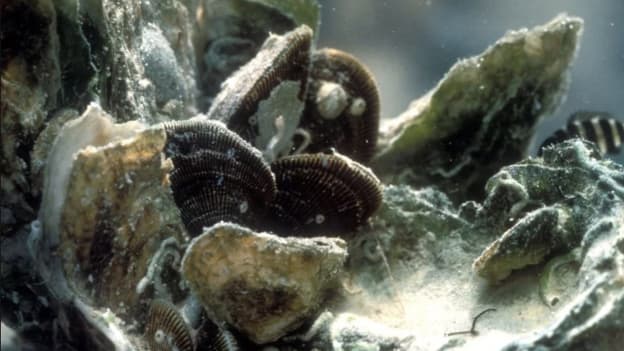Ice hockey needs water. The ice-making and resurfacing process is among the most water-intensive operations in professional sports. On average, it takes 12,000 to 15,000 gallons of water to create an NHL regulation ice sheet, which typically is kept frozen for an entire season. Once created, ice re-surfacers scrape or shave the ice sheet and re-build it with a thin layer of water to ensure that the surface is optimal for the competitive play that takes place on it.
Primary water uses at NHL arenas include ice making, HVAC-R systems like cooling towers, food services, indoor plumbing fixtures and even exterior landscaping at some of our venues. Together, these uses account for the estimated 320 million gallons of water - equivalent to about 500 Olympic-sized swimming pools - that are used across the League during a season.
NHL arenas are leading the charge to showcase innovations and advances to make the "greenest ice." At Climate Pledge Arena, home of the Seattle Kraken - the 32nd NHL franchise - the arena will capture rainwater from its roof, enough to fill a 15,000 gallon cistern to hold the water, to be used for making ice. At Staples Center, home of the LA Kings, the arena uses an advanced environmental air-management system that helps to capture water from the air which is then stored in water tanks to use for non-potable water uses.

